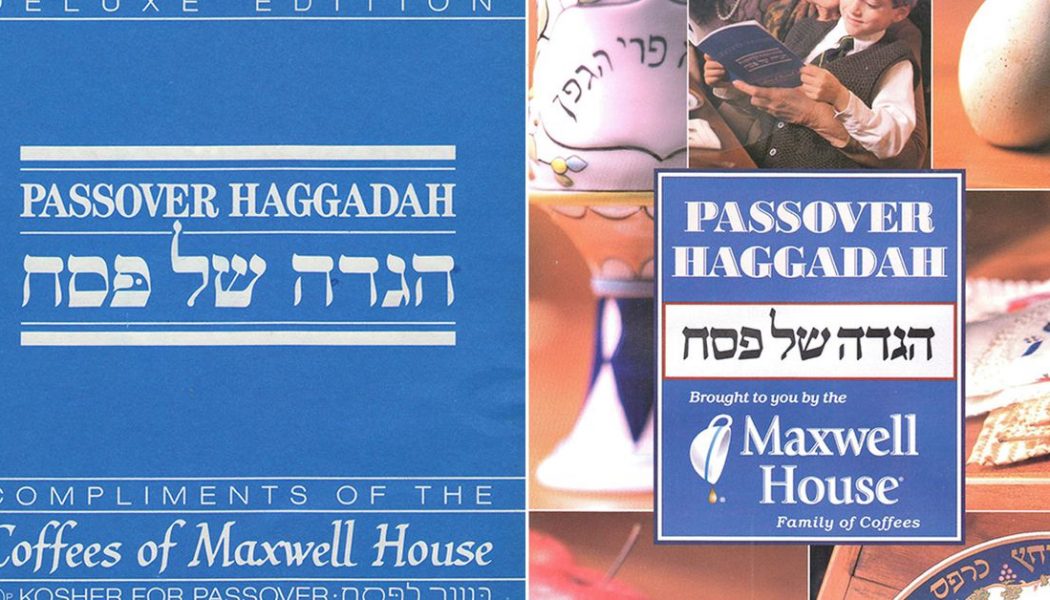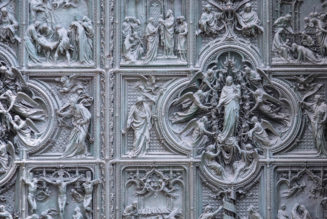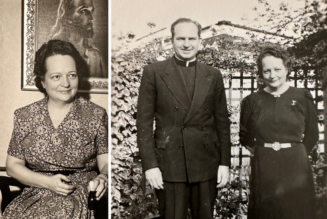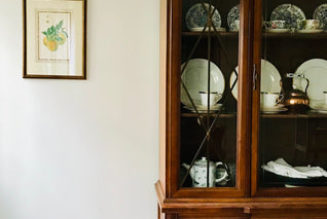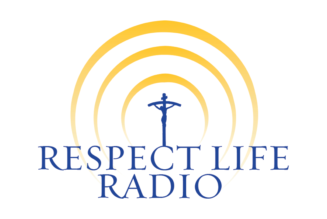
Passover Seder ends with the “festive meal” — matzo balls are ladled into broth, brisket is shredded, potato kugel sliced. A glass of wine is set out for Elijah. Before eating, however, guests read through their Haggadah, a booklet of prayers and practices that acts as a guide for the spiritual elements of the table’s Seder. Depending on how in-depth the host wants to get, this can last for hours. In its pages, typically printed in Hebrew and English, you’ll see when to dip herbs in salt water (before breaking matzo, after washing hands) and how often you should refill your wine glass (four times). You’ll also probably see Maxwell House Coffee’s logo smack dab on the cover.
Though Maxwell House is not a Jewish company, over the past nine decades the brand has distributed more than 60 million Haggadot, which remain the preferred version of the text at American Seders. “Consumers have changed over the years; some are less familiar with ritual practice and what goes on at the Seder. … They didn’t go to Hebrew school, or they didn’t listen when they were a kid,” says Elie Rosenfeld, CEO of Joseph Jacobs Advertising, the company that created the Maxwell House Haggadah, explaining that he continues to see an outpouring of emotion for the Maxwell House book. “This is a piece of Jewish Americana.” It’s also one of the most effective examples of direct marketing in history.
The brand’s Haggadah was born through a partnership with the advertising agency, which began working with Maxwell House in 1923 to run a campaign informing the Jewish public that coffee was kosher for Passover. Many ingredients are verboden during the holiday. Leavened grain products are the most significant category, hence a week of matzo brei and macaroons. Many people also avoid kitniyot, or rice, corn, seeds, and legumes. In the 1920s, some mistakenly characterized coffee “beans” as legumes; Maxwell House’s ad changed that perception.
“The original ad had it written in Hebrew and English, ‘It is a mitzvah to tell you that Maxwell House coffee is kosher for Passover,’” says Rosenfeld, who handles Maxwell House’s Haggadot ideation and marketing. The surge in coffee sales from the Jewish market inspired Joseph Jacobs to pitch a branded Haggadah in 1932, free with the purchase of Maxwell House coffee at grocery stores. It proved incredibly successful.
“You don’t have to go to synagogue or ask your rabbi. It’s a comfortable thing. You buy matzo at the supermarket, you buy coffee, the book is right there,” explains Rosenfeld, also noting how successful the concept proved for grocery stores. “Passover has become a very important piece of business.”
Following the success of Maxwell House during Passover, nondenominational companies like Jack Frost Sugar, Borden Dairy, and Crisco released cookbook pamphlets to remind consumers that their products were also kosher for Passover: “Mr. Peanut recommends: recipes for knoeidlach [sic], chremsel, latkes, knishes,” reads one book published by Planters to promote peanut oil in the 1940s.
Still, few brands (Jewish or otherwise) have published haggadot: ShopRite Supermarkets created several editions as recently as 2012 to promote its robust kosher product department, but most others are decades old. Manischewitz, which produces matzo, gefilte fish, and macaroons, as well as the infamous wine, put out a number of Haggadot in the 1960s through the ’90s.
“Manischewitz is the leader in kosher food… an ad ran calling us ‘the official sponsor of Passover.’ You can’t have Passover without a Haggadah,” says Shani Seidman, Manischewitz’s marketing director. According to Seidman, two companies now owned by Manischewitz’s parent company, Kayco, Horowitz Margareten (a matzo company) and Rokeach (a kosher food and products company), also released Haggadot in the 1940s, just a few years after Maxwell House’s first edition. Streit’s, an independent kosher foods company, published at least one, in 1961.
But when Manischewitz was sold in the 1990s, it stopped publishing Haggadot. “You don’t need to remind anyone [that Manischewitz is a Passover brand]; the perception is already there,” Seidman says. In recent years, Manischewitz has instead partnered directly with Maxwell House, giving out copies of Haggadot with the purchase of large matzo boxes. “Two Passover icons — it makes sense,” says Seidman.
It’s not surprising that Manischewitz prefered to leave the Haggadot to Maxwell House: It’s hard to get users to switch from their favorite brands, particularly for an item steeped in ritual custom.
Jake Cohen, editorial director at the food website Feed Feed and author of the forthcoming cookbook Jew-ish, grew up using the Maxwell House Haggadah: “To quote Fiddler, ‘tradition!’ When my grandparents hosted, we used them,” he says. “When my aunts hosted, we used them. When my mother hosted, we used them. Now that I host, I use them. This is the first year I’m entertaining veering from tradition.” Cohen also appreciates the ease with which one can obtain the book. “It’s hard to buy and store [Haggadot] for an entire family. It’s very easy to get 20 [from] Maxwell House for free and know that if they get ruined, you can get a new set next year.”
Maxwell House remains the prevailing brand to publish the text. Rosenfeld says Haggadot are still available for free with the purchase of coffee during the Passover season at grocery stores all over the country, in areas where Joseph Jacobs has identified a large population of Jewish consumers (he noted one would be more likely to find the haggadot at grocery stores in Chicago than North Dakota). They’re also available for purchase sans coffee on Joseph Jacobs’s website as well as Amazon. “Maxwell House made this program a hallmark of their brand and stays committed to it,” Rosenfeld says. “Some brands change marketing focus and lose patience for such long-term programs.”
To entice new customers, the company has made some changes. In 2011, Maxwell House edited the text’s section regarding the four “sons” to read “the four children,” and it changed “leavened or unleavened bread” to “bread or matzo” to modernize the language. In 2019, the company collaborated with Amazon to create a Marvelous Mrs. Maisel-themed Haggadah. Unlike other Maxwell House Haggadot, this one contained a recipe card for “Midge’s Brisket.”
The Maisel version is similar to other playful Haggadot centered around pop culture or political phenomena printed in the past few years. These books are usually published by writers and educators, however, not brands: Martin Bodek published an emoji Haggadah (printed almost entirely in the colorful hieroglyphs) as well as the “Festivus Haggadah,” celebrating the sitcom Seinfeld; Dave Cowen wrote another Seinfeld haggadah, as well as a Trump-themed political parody version of the book. In 2017 Rabbi Moshe Rosenberg published “The (Unofficial) Hogwarts Haggadah,” putting the religious story in the context of Harry Potter. Haggadot.com lets people design their own version of the book, all of which are saved in an archive for anyone to use.
Like the authors of alternatively themed Haggadot, Maxwell House is honing in on the prominence of cultural Judaism. Many who identify as Jewish don’t keep kosher or attend temple, yet they engage with their background through ceremonial meals — a 2013 study found that while 70 percent of adult American Jews participated in a Seder in the year prior, only 31 percent are members of a religious congregation. And even with sitcom, hip-hop, socialist, and LGBTQ interpretations of the text, there’s steadfast loyalty to Maxwell House. When presented with a copy of the New American Haggadah, a well-regarded modernized translation of the traditional text, President Barack Obama (who is not Jewish, but who enjoyed hosting Seders during his time in the White House) flipped through and replied, “Does this mean that we can’t use the Maxwell House Haggadah anymore?”
Rebecca Firkser is a New York City-based freelance food writer and recipe developer.
